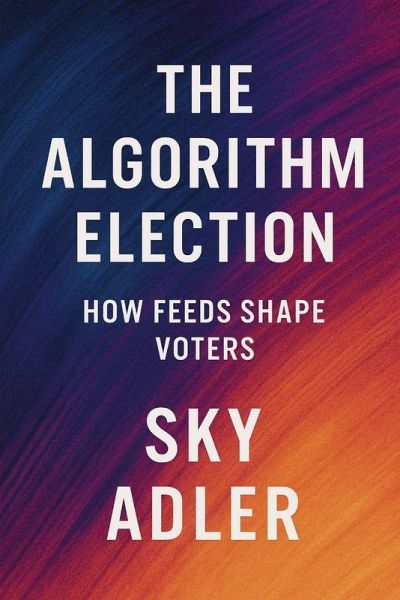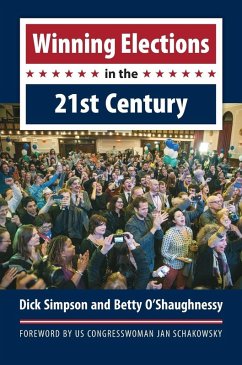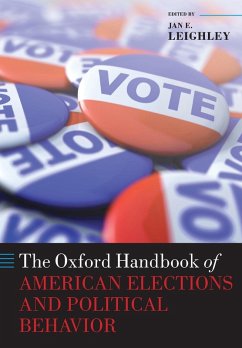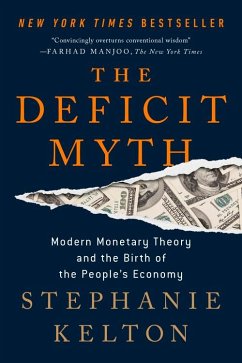
The Algorithm Election
How Feeds Shape Voters
Versandkostenfrei!
Versandfertig in 1-2 Wochen
20,99 €
inkl. MwSt.

PAYBACK Punkte
10 °P sammeln!
In today's democracies, the ballot box is no longer the first point of contact between citizens and politics-the feed is. Every swipe, click, and share reflects decisions made by recommender systems that quietly determine what issues rise, which candidates gain visibility, and how rumors gather momentum. Drawing on documented case studies, transparency reports, and peer-reviewed research, The Algorithm Election: How Feeds Shape Voters unpacks the mechanics of ranking, targeting, virality, and moderation in clear, human terms. This book traces how platforms design their systems, how campaigns e...
In today's democracies, the ballot box is no longer the first point of contact between citizens and politics-the feed is. Every swipe, click, and share reflects decisions made by recommender systems that quietly determine what issues rise, which candidates gain visibility, and how rumors gather momentum. Drawing on documented case studies, transparency reports, and peer-reviewed research, The Algorithm Election: How Feeds Shape Voters unpacks the mechanics of ranking, targeting, virality, and moderation in clear, human terms. This book traces how platforms design their systems, how campaigns exploit them, and how citizens experience politics through curated flows of information. From WhatsApp groups in Brazil and India to YouTube rabbit holes in the United States, from European transparency mandates to African digital vulnerabilities, it shows how the same algorithms produce different effects across contexts. Along the way, it highlights both what is known-such as the impact of engagement optimization on misinformation-and what remains uncertain, like the long-term effects on voter behavior and polarization. Rather than resigning to opaque systems, this book maps practical levers for healthier information flows. It identifies tools available to platforms, regulators, campaigns, journalists, and users alike, showing that algorithmic feeds can be redesigned to serve democratic values. The result is a grounded, accessible guide to one of the most pressing issues of our time: how the invisible architectures of digital attention are shaping elections and the future of civic life.








![General Rules of the Election Court for the Montreal Division [microform]: Under the Controverted Elections Act, 1873, for the Dominion of Canada Cover General Rules of the Election Court for the Montreal Division [microform]: Under the Controverted Elections Act, 1873, for the Dominion of Canada](https://bilder.buecher.de/produkte/66/66163/66163067n.jpg)



